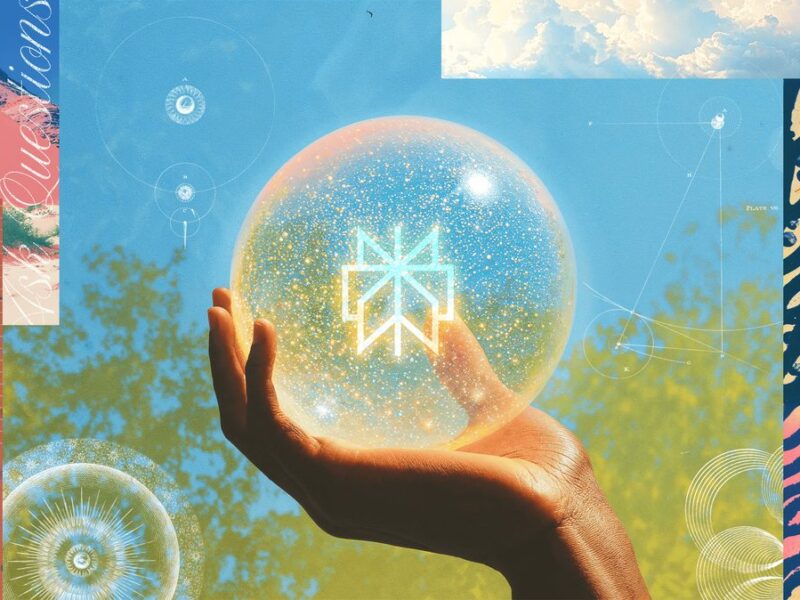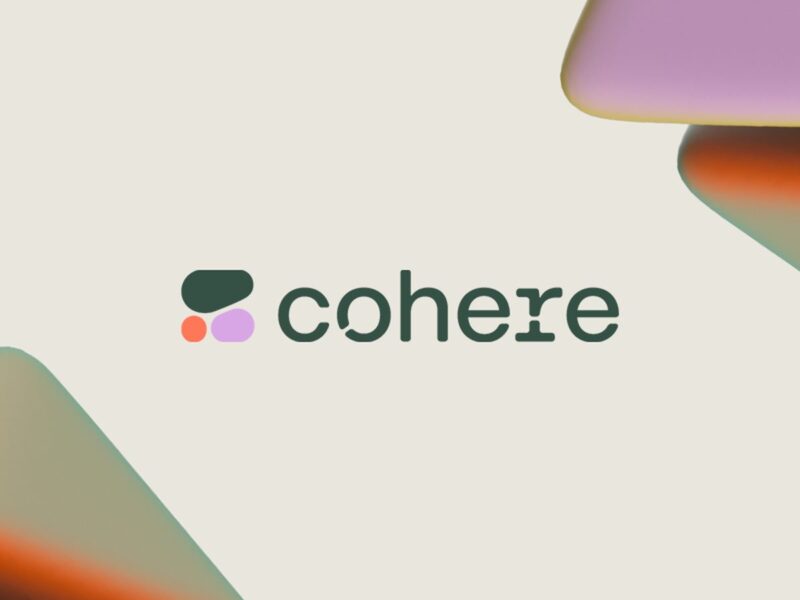Anthropic has extended its learning mode, initially for education users, to all Claude.ai users and developers, altering the chatbot’s interaction to guide users toward self-discovery rather than providing direct answers.
First introduced in the spring, the learning mode modified Claude’s interaction style. When activated, the chatbot responded to questions by attempting to guide the user to formulate their own solution, rather than delivering an immediate, complete answer. Since its April debut, this learning mode was exclusively available to users of Claude for Education. Now, Anthropic has made this functionality accessible to all Claude.ai users, aligning with similar initiatives by other AI developers.
Effective immediately, Claude.ai users will observe a new “Learning” option integrated within the style dropdown menu. This user experience mirrors the functionality previously provided to Claude for Education users. When learning mode is enabled, the chatbot adopts a Socratic methodology, aiming to facilitate the user’s progression through their inquiry. Unlike the historical figure Socrates, lauded for his persistent questioning, users retain the ability to deactivate learning mode at any juncture.
Video: Anthropic
Anthropic has additionally implemented two distinct iterations of this feature within Claude Code. The first is an “Explanatory” mode, in which Claude generates summaries detailing its decision-making processes as it executes tasks. This functionality provides users with enhanced insight into the chatbot’s operational logic and reasoning. This mode aims to foster a deeper comprehension of the code being generated.
For individuals embarking on a coding career or pursuing it as a hobby, a more advanced option, also designated “Learning,” is available. In this iteration, Claude will periodically pause its operations and insert a “#TODO” comment within a section of code. This prompt encourages the user to compose between five and ten lines of their own code. To access these two features, users must update to the latest version of Claude Code and input “/output-styles,” which then allows selection between the two new modes or Claude’s default operational behavior.
Drew Bent, Anthropic’s education lead, stated that the learning mode, particularly its implementation within Claude Code, represents the company’s strategic effort to transform its chatbot into a more collaborative instrument. Bent expressed optimism regarding the competitive development of learning modes among AI laboratories, hoping for a similar inspiration within the domain of coding agents.
Bent indicated that the initial concept for the learning mode emerged from discussions with university students, who frequently referenced the phenomenon of “brain rot.” He noted that these students recognized the detrimental impact of directly copying and pasting content from chatbots on their long-term learning capabilities. When adapting this feature for Claude Code, Anthropic sought to balance the requirements of novice programmers with those of experienced coders, including individuals like Bent, who possess over a decade of coding experience.
Bent explained that learning mode is engineered to assist all user demographics not only in task completion but also in fostering growth and learning throughout the process, thereby enhancing their understanding of their codebase. His aspiration is that these new tools will enable any coder to develop into an effective engineering manager. Operationally, this implies that users may not generate the majority of code for a project but will cultivate a discerning eye for overall system integration and identify code segments requiring further refinement.
Bent confirmed that Anthropic does not possess all definitive solutions but is actively exploring additional features to expand upon its current work with learning mode. To facilitate this, the company is making Claude Code’s new Output Styles accessible to developers, enabling them to construct their own customized learning modes. Users also retain the ability to modify Claude’s communication style by formulating their own custom prompts for the chatbot.

